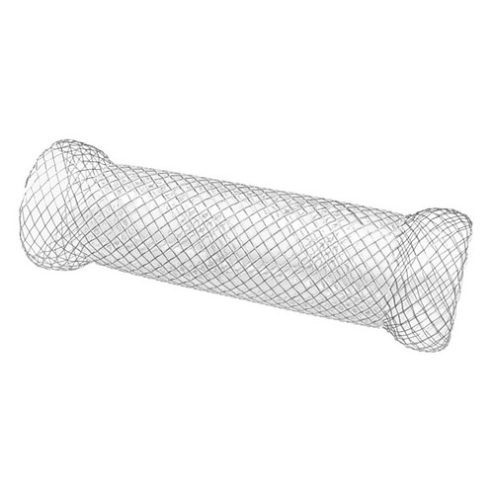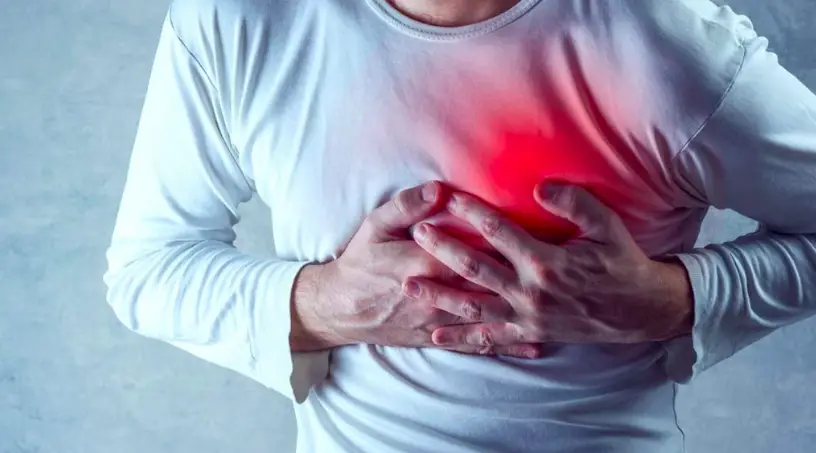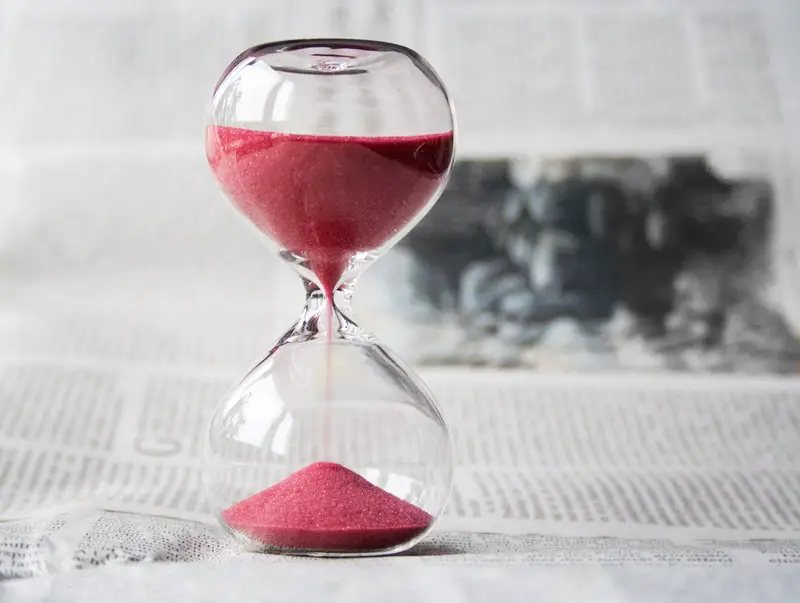To treat certain diseases that involve blockage of the arteries, the doctor may use stenting. It is an effective and non-invasive solution that helps to revive blood circulation. Generally, everything goes well after the procedure for most patients. However, for some, it is possible to feel a intercostal pain.
In this article, we will give a explanation of intercostal pain after stent placement.
A few words about the thorax
To better understand intercostal pain, let's first look at the anatomy of the ribs and rib cage.
The rib cage is made up of 12 pairs of ribs. At the back of the body, they attach to the spine, at the level of vertebrae thoracic. And at the front, the first 7 pairs join at the sternum. The role of the rib cage is to protect the vital organs located there. We can cite the heart, lungs, esophagus and large vessels.
The intercostal nerves, for their part, are 22 in number. They originate at the level of the spinal cord and run through the intercostal space (between two adjacent ribs). These nerves have the function of transmitting sensory and motor information within the thoracic and abdominal regions.
In general cases, the intercostal pain is due to inflammation, injury, irritation of an intercostal nerve or chest muscles.
However, there are exceptions in which the chest pain comes from a lack of oxygen supply to the heart muscles (angina). It can also come from the formation of a clot in the vessels that irrigate the heart.
Stenting is supposed to restore the blood supply in the event of arterial narrowing, which will make the pain disappear. But without the precautions or because of the state of the patient, it happens that a few months or a year after the intervention, the coronary affection returns and generates again a intercostal pain. At this time, the state of the person worsens. The risk of myocardial infarction and death rises.
To learn more about intercostal pain, click here.
Zoom on the stent
Le stent is a spring-like stent or endocavitary prosthesis. It is made of tubular steel or plastic. It is a medical device used in vascular surgery and cardiology.
The purpose of stenting is to keep the arteries open in case blood clots block them. The practice is preceded by a transluminal arterial angioplasty (ATL) which consists of dilating the blood vessel.
The stent can be placed anywhere in the arteries. In the context of heart disease, it is placed in the coronary arteries.
The coronary arteries are the two large vessels that supply the heart. The stent is implanted there if the patient has a myocardial infarction, angina pectoris ou of a thrombosis.
What is the procedure for stent placement?
Prior to the procedure, the patient should perform a blood test to assess blood clotting, kidney function, and complete blood count.
During the intervention, the practitioner begins with the angioplasty. The latter is performed in order to dissolve the atherosclerotic plaque which narrows the vessel. Then, to restore the arterial diameter, a probe fitted with an inflatable balloon is inserted. The procedure is performed under local anesthesia.
The stent will then be placed permanently in this area to prevent the coronary arteries from narrowing again. To do this, you still have to mount it on the small inflated balloon, then deflate it once the device is in place.
The purpose of this intervention is to further crush the clots, but also to allow the stent to attach to the wall of the artery.
Intercostal pain after stent placement, why?
At the time of the procedure, the patient feels pain which is due to the stretching of the arteries by a stent.
It happens that during the 30 days following the procedure, the patient becomes fragile, gets tired and then begins to feel pain that increases in intensity. This often happens when the person does not adopt a healthy lifestyle.
Three months or a year after the intervention, it is also possible that the pain intensifies, especially in the absence of physical effort. At worst, the patient experiences chest pain, accompanied by vomiting, nausea and cold sweats. And it persists despite taking medication.
To explain this theory, thrombosis is forming again on the device, because the neo-endothelium takes months or even a year to recover. The latter is responsible for the inhibition of blood coagulation. With a steel endoprosthesis, you have to wait 3 months to obtain this neo-endothelium. With the active stent, it takes 1 year to recover.
La stent thrombosis is due to lesion complexity, incompatibility or non-response to medication, and late dissection.
This incident can come from the state of the person himself.
- An elderly, female person.
- The person is diabetic.
- The patient abruptly interrupts his treatment.
- The patient has kidney failure.
- He has an inflammatory syndrome.
- He presents with acute platelet syndromes.
Risks may also depend on the type of stent used, including bare and active stents.
What to do in case of chest pain after a stent?
Resuming activities slowly and not waiting weeks to activate your body helps you recover. In order to obtain the right blood pressure, one must make physical efforts between 20 to 30 minutes a day and leave aside the sedentary lifestyle.
In this circumstance, rehabilitations like physiotherapy are indicated, because a qualified therapist will be able to better advise the patient according to his health. The exercises he practices must adapt to the origin of the chest pain.
Tobacco and pharmacoactive drugs are the enemies of plaque thrombosis. They must be avoided.
Finally, following a balanced diet is always suitable for people who have a problem with diabetes, bad cholesterol and cardiovascular disease. For this, it would be necessary to ban foods that increase the level of lipids in the blood and to favor those that have a hypocholesterolemic effect. Thus, consume oleaginous fruits, vegetable oils, fish, fruits (berries) and vegetables (alliaceous)… These types of foods help to increase blood fluidity.
When the intercostal pain come back in force, you must consult your doctor directly.
References
https://www.ipubli.inserm.fr/bitstream/handle/10608/2805/MS_1993_10_1031.pdf?sequence=1&isAllowed=y







